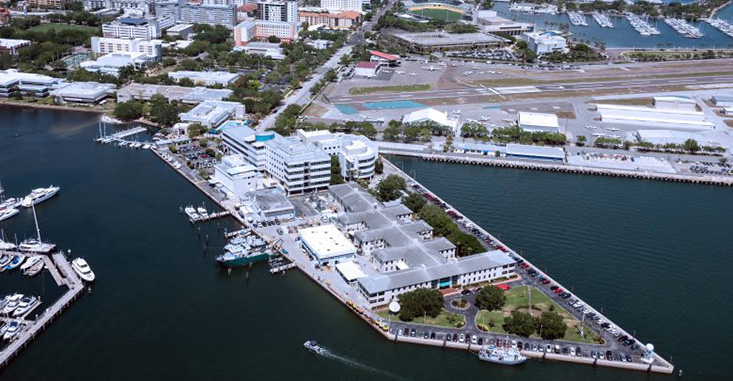
Marine Science Faculty Publications
Factors Influencing the Degree of Saturation of the Surface and Intermediate Waters of the North Pacific Ocean with Respect to Aragonite
Abstract
New carbonate chemistry data obtained during a 1982 cruise have been combined with earlier GE-OSECS and INDOPAC data to determine the degree of aragonite saturation of surface and intermediate waters of the North Pacific. Large gradients in saturation state occur in the region of the Subarctic Front in the north-south direction and across the Subtropical Gyre in the east-west direction. These gradients are primarily due to the extensive mixing that occurs in the intermediate waters of the western North Pacific. The major variations in saturation state were primarily related to the carbonate ion concentration, which, in turn, is primarily a function of mixing and biological processes. The present aragonite saturation depth at our northernmost station in the western North Pacific was calculated to be within 120 m of the surface. This result was directly corroborated by observations of aragonite dissolution under in vitro conditions. Our calculations show that one possible effect of fossil fuel-derived CO2 on the surface of the North Pacific will be a steady progression of undersaturation from the northern to southern and western areas, with the first sign of undersaturation possibly occurring as early as the second half of the next century.




